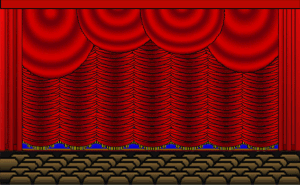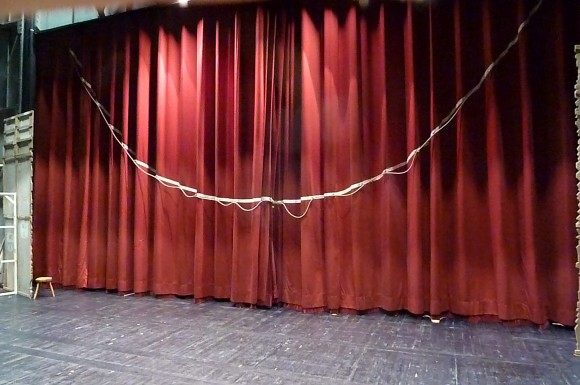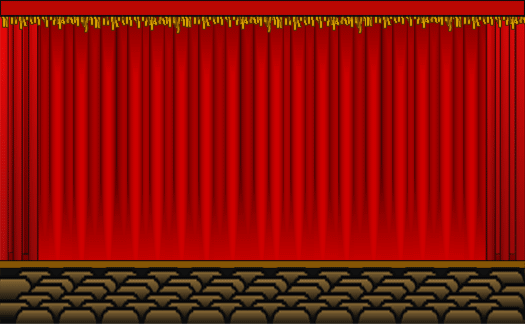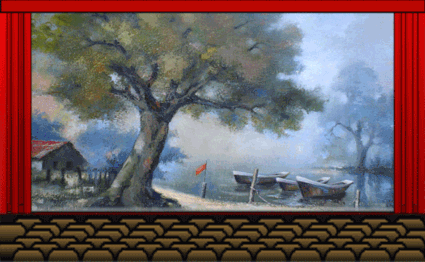Ring down the curtain
And for today’s history lesson, we at Custom Curtains will be educating you on the various types of front curtains used in showbiz!
Are there any buildings with a more exhilarating atmosphere than a theatre? The UK is particularly blessed with a rich theatre heritage, hundreds of which are still standing and in use today.
Most of us have experienced the thrill of seeing the curtain rise to reveal a fantastic performance, be it stand-up comedy, a music concert or a play. But we are sure that most of you haven’t ever considered or realised just how many different types of front curtains there are. Well, thankfully we at Custom Curtains feel it our duty to furnish you with this kind of information. That’s why we have compiled this list of some of the best-known designs of curtains used in showbiz:
Austrian drape curtain
Also known as a ‘puff’ curtain, the Austrian curtain is a common type of design in the theatre industry. This design has vertical lines distributed evenly across the entire length of the fabric, which is often made from chiffon or satin. These lines run through a pulley at the top of the curtain and then over to a head block. After that, each of the lines lead down to a mechanical winch, as this curtain is far too heavy for one person to raise, alone.
Austrian curtains became incredibly popular in the mid twentieth century, and are largely considered to be one of the most aesthetically pleasing curtains in theatre. Despite being relatively simple to operate, they are often the most expensive type of curtain to construct.
Tableau
The rarest of all curtains to actually be used in the theatre, tableau’s have a habit of limiting the audience’s view, meaning they are seldom seen adorning a stage apart from in small venues.
A tableau, ‘tab’, or ‘tabbed’ curtain consists of two overlapping panels, which are usually pleated, that is secured along a top batten, with lower corners attached to cables. The cables then run diagonally through a series of rings behind the curtains and also through the pulleys in the batten. The fabric is lifted diagonally and out when the cord is pulled. It is because of this, the view of the stage is somewhat obscured depending on where you are sat.
Traveler
From least common to most common, the traveler. This kind of curtain opens and closes horizontally and remains at a fixed elevation. One explaination for their popularity is that they are the least expensive type of curtain to construct and are relatively easy to operate. They are usually pleated and made from velvet.
Olio
Olio curtains were very popular in vaudeville theatre as they were simple to construct and did not need a great deal of overhead space; quite often, they could also be operated by just one person.
This curtain is made from a single large canvas, which is called a drop. This is attached at the bottom to a stiff tube, which has a coil of rope at each end called the ‘operating line’ wrapped around it. One end of each operating line is secured to the fly space, where it descends from and loops around the tube. The sandbags descend together when the two lines are pulled, making the tube rotate and rise, thus rolling up the canvas onto the tube and revealing the stage. olio’s are very often decorated with a mural for the mise en scene.





Comments